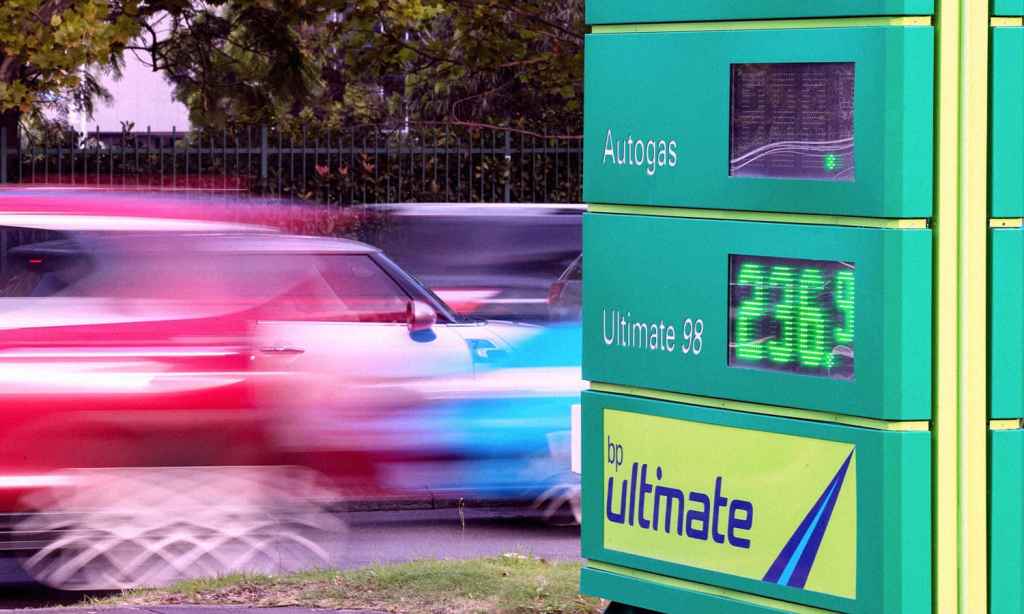Petrol prices in Australia are currently sitting at an average of 204.1c per litre. That’s roughly a 34% increase on this time last year.
Rising fuel prices are one of the major contributors to the cost of living crisis. Thank God Australia has such brilliant public transport to counter that though, right? (*eye roll emoji*).
While costs shot up in March due to the conflict in Ukraine, the government responded by cutting fuel duty, effectively giving us all 20c off per litre. That temporary measure is set to be lifted however in September, meaning petrol will return to the normal, full-tax market rate.
However, since then, the global cost of fuel has settled somewhat since the earlier upset, although you may not have noticed it at the pump. Analysis from FuelTrac has found that there’s an increasing gap between the wholesale price and the retail price as petrol stations appear to be cashing in on the higher costs, artificially keeping them up so as to maximise profits.
While you might expect everyone to be in on this game, retailers have argued that the flow on costs of decreasing petrol prices does not automatically translate to lower costs for consumers.
Although the price of crude oil has dropped by about $22 per barrel on the global market, you need weeks of sustained lower prices in order for that to have an impact on the cost of filling up your car. Petrol refineries — the places that turn crude oil into usable fuel — are apparently full at the moment, meaning demand is still yet to be met. This in turn keeps prices high.
Geoff Trotter, general manager of FuelTrac, told the ABC that things ought to be changing soon, however.
“A fortnight should allow for stocks to move through the supply chain and we are seeing evidence of (unleaded) petrol price drops in some capital cities, such as Adelaide, Brisbane, Melbourne, Sydney and Perth, but not in Darwin or Hobart,” Trotter said.
Craig James, CommSec’s chief analyst, also told the ABC that wholesale prices in Singapore, where Australia buys most of its fuel from, have fallen by about 40c per litre in the past five weeks. We should, according to him, start to see this roll through to the pumps soon.
“National average pump prices have fallen just 8 cents a litre, so savings lie ahead for consumers and transport companies,” he said.
“Expect the national average price to ease from near $2.04 a litre to near $1.85 a litre.”
However, James has warned that these drops may not last and that they could shoot up again due to global fluctuations.
While we’re almost entirely beholden to international market pressures — the uncertainty over a recession is currently adding volatility to the market — Australians are just going to have to take the wins where they can get them.
Of course, you could go full Canberra and just ban everyone from driving dirty petrol-sucking cars, or you could jump the gun and get yourself an EV for long-term savings.
As the government has indicated that the September 28 deadline for the fuel tax cut is likely to stay, the next few months could see petrol the cheapest it’s going to be for a while. Which, unfortunately, isn’t saying a lot.
Related: Is Another Petrol Spike Coming? Here’s What We Know
Related: Australia Doesn’t Buy Petrol From Russia, So Why are We Paying So Much for Fuel?
Read more stories from The Latch and subscribe to our email newsletter.

